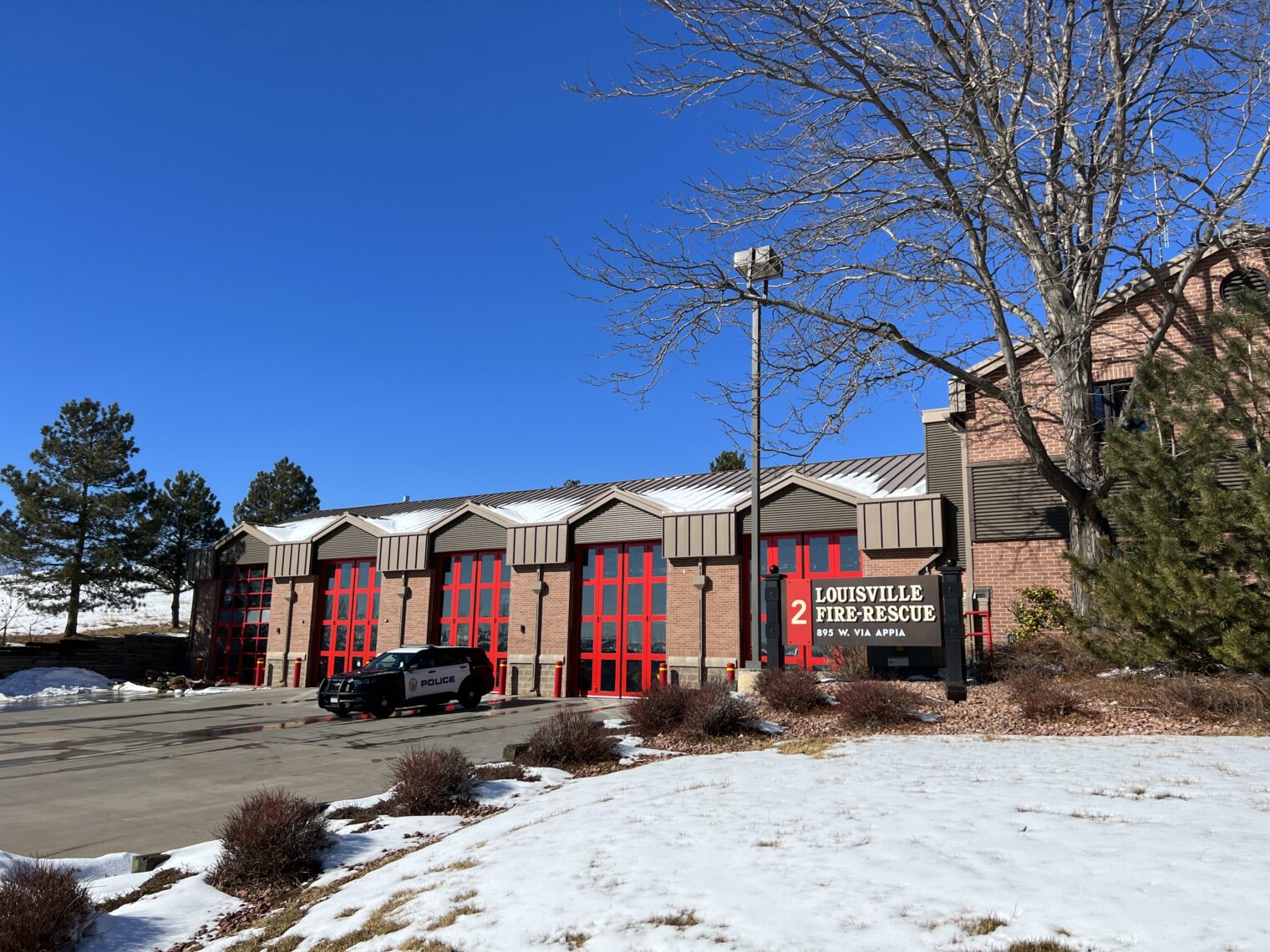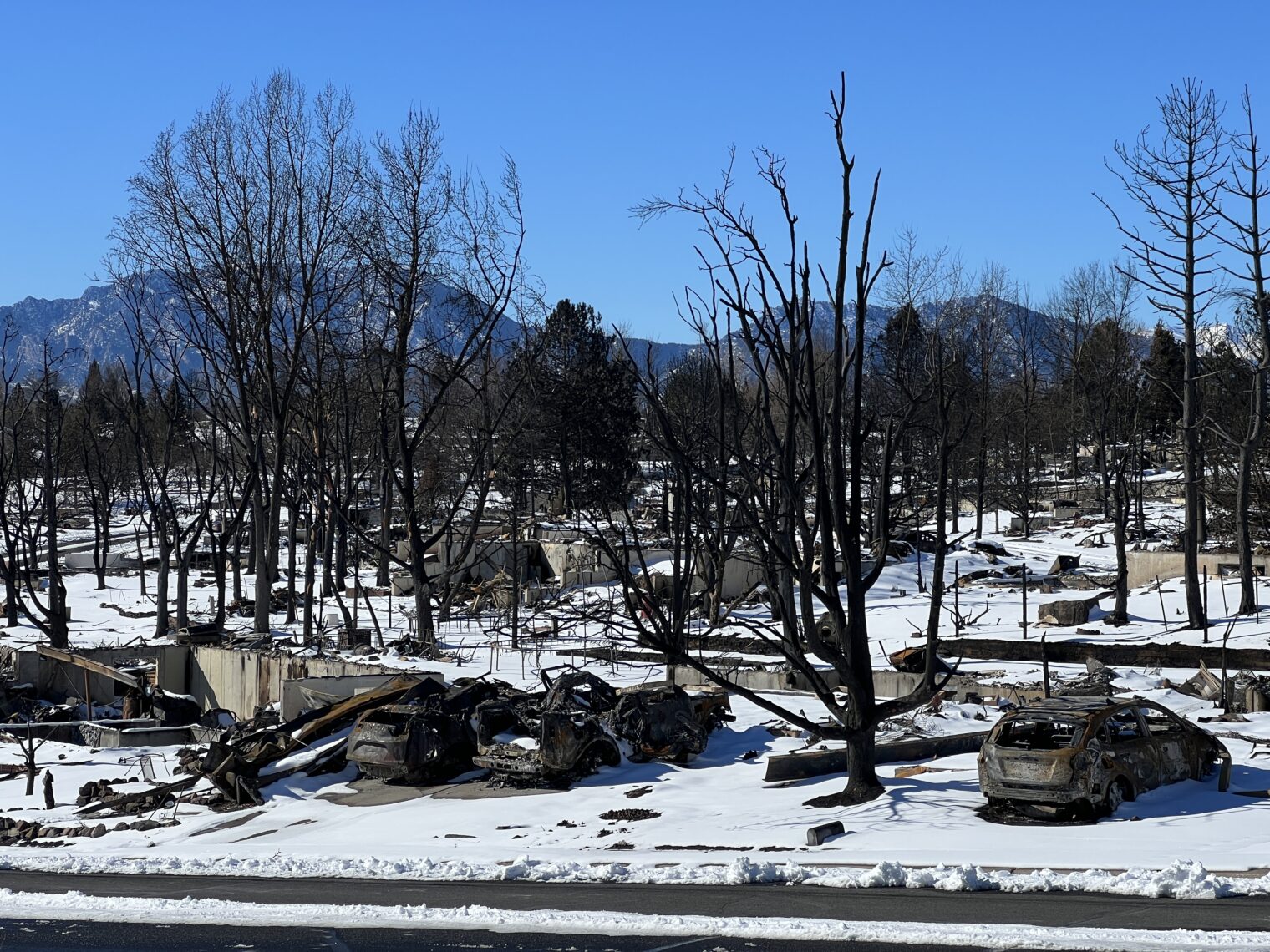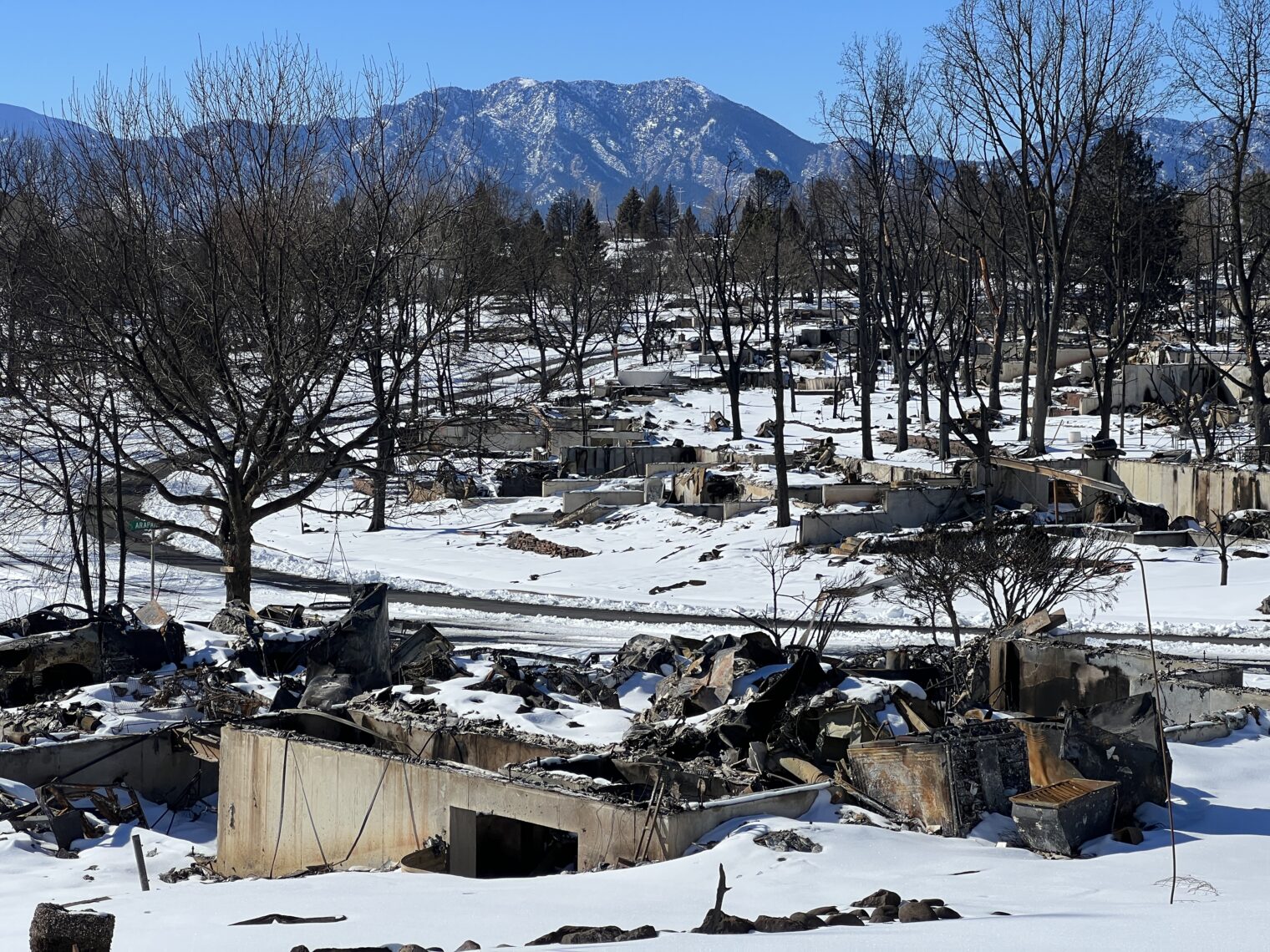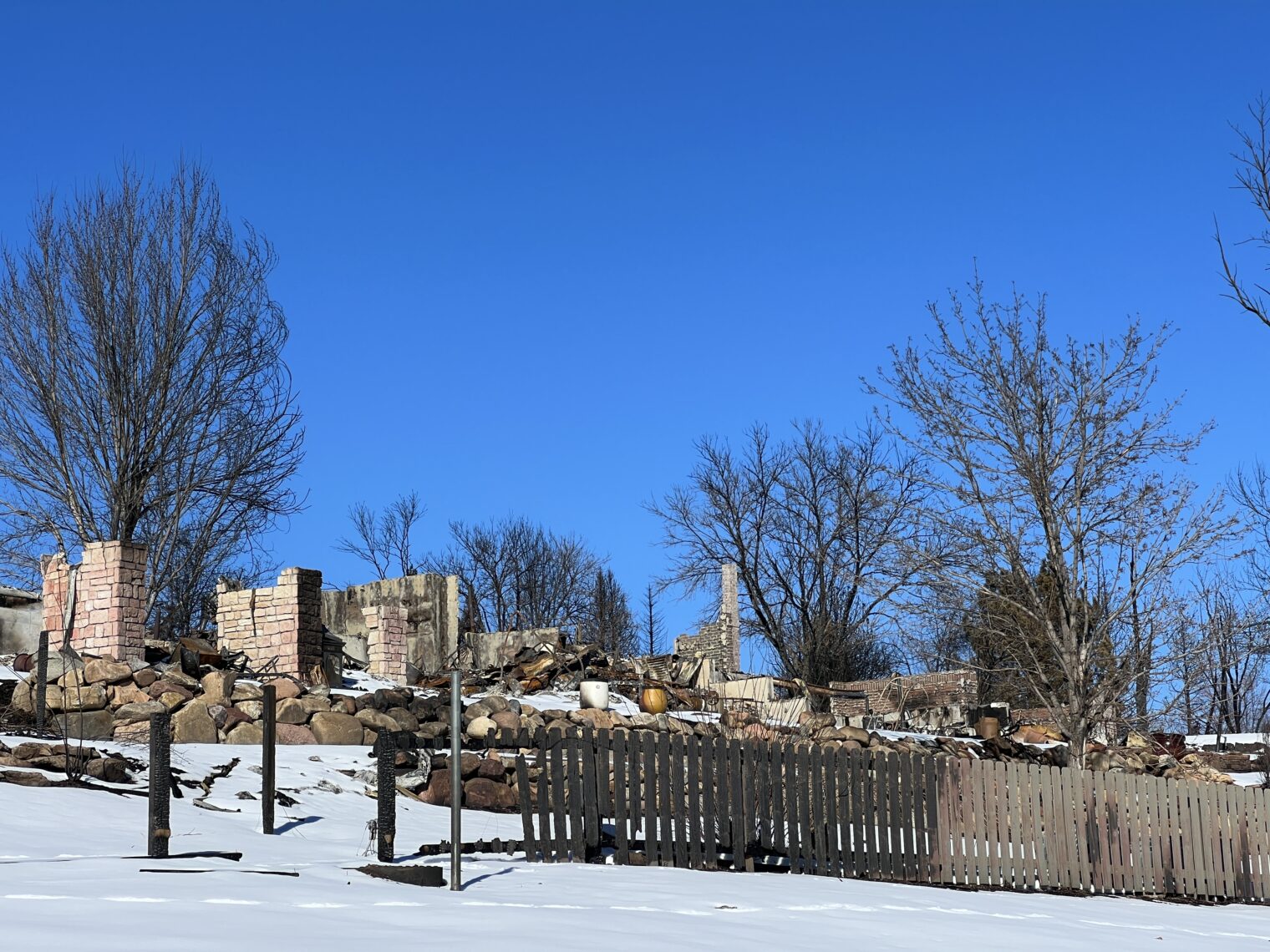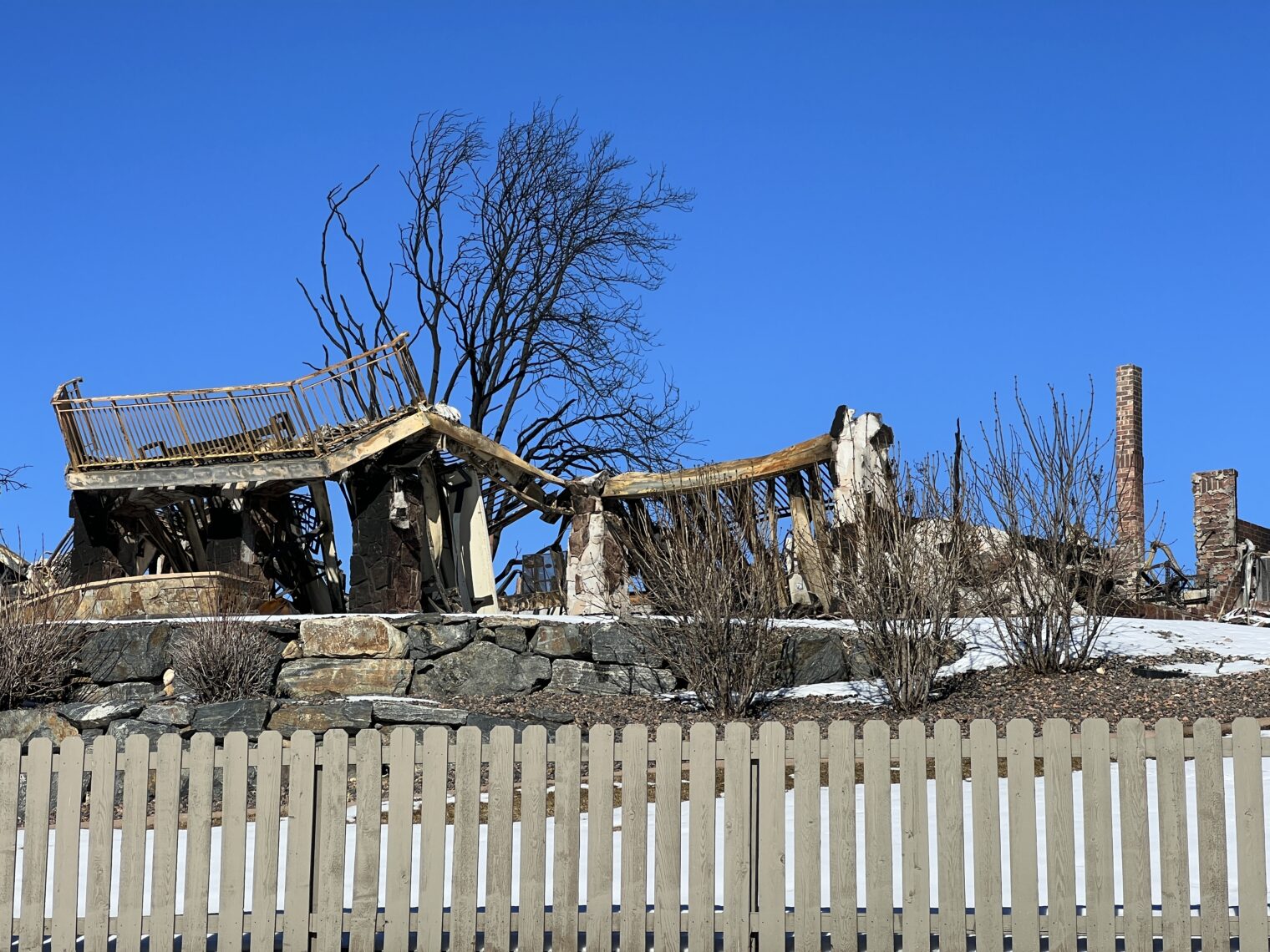Real estate market has peaked? (that $3.225 million house in our neighborhood)
From early March… Open house today in our neighborhood:
There’s a house for sale in our neighborhood (we rent a 2BR for $2800/month). It went on the market about a week ago. The first showings are today, 10a-4p, and “All contracts must be submitted by 5:00pm on March 3rd.” This million dollar home (built in 2012; re-sold in 2017 for $1.3 million) sits on a princely quarter-acre lot and offers a vast interior space of 4,574′. It was “coming soon” at $2.95 million two weeks ago, but the asking price now is $3.225 million (escaping NY, MA, and CA vaccine coercion and mask orders is not cheap!). The house comes with the opportunity for a lifetime close friendship with the appliance repair brothers, sisters, and binary resisters (i.e., there is a Sub-Zero fridge).
Zillow estimates the value at $2.225 million. Redfin admits “we don’t have enough information to generate an accurate estimate at this time.”
Zillow now says that the estimated value is $2.54 million and also that the house finally closed on May 9 at $3 million.
My theory is that the real estate market peaked in February 2022. The above failure to achieve asking price is a small data point in favor of this theory. The bigger data point is that… I made the decision to buy a house in February 2022. If I go long, that’s a signal to go short! (“I like to do everything in the dumbest way imaginable”) My feeble justifications: our rent was likely to go up to $5,000 per month in August; the mortgage on a house more than 2X the size (using the 3.25 percent rate that we locked in back in Feb) is about $10,000 per month (but not cheaper per square foot once you factor in property tax, maintenance costs, and unpaid maintenance and management labor); kids won’t have to share a bedroom; we now have a real guest bedroom; more kids in the immediate neighborhood. The house is still in the same Abacoa neighborhood that was developed by the MacArthur Foundation (search process explained).
(We just recently closed and moved in, so be prepared for numerous posts on systems and maintenance! My productive hours per week have been cut by 40. There are daily trips to Home Depot. One recent day I counted five different contractors/service people who showed up.)
Who wants to guess at the real estate price trend for the next 2 years? My guess is that house prices will fall, but not by falling. The price in 2 years will be the same as the price today (maybe with a dip in the middle), but inflation will have eroded the value in real terms by at least 10 percent.
Even if you overpaid by $1 million for a house, one great thing about this climate is that you can grow orchids by wiring them to a tree and walking away. The tree gives the orchid sufficient shade and the orchid gets everything else that it needs from the Florida sky. A neighbor’s house this morning:
Full post, including comments


